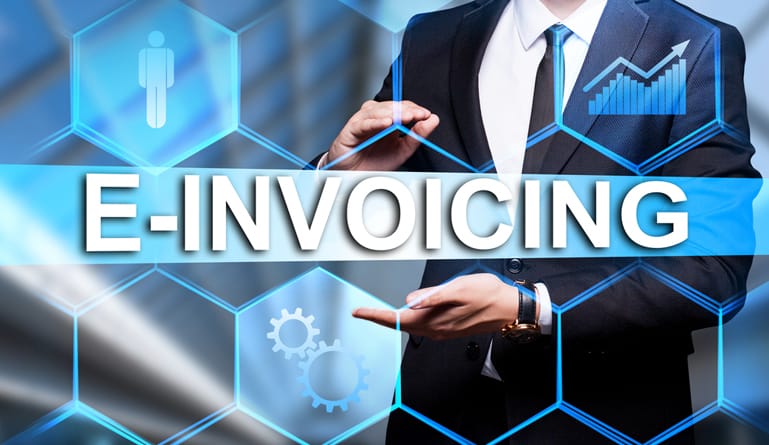The first step to almost any financial transaction in a business to business environment is to create an invoice. Invoices are generated each time goods and services are bought and sold. In today’s digital economy, it is strange to find that paper invoicing and manual bookkeeping is still very much the norm for many companies. Luckily, electronic invoicing (or e-invoicing) is available and can save businesses both time and money upon implementation of such a process.
An e-invoice is a digital itemized bill for goods or services that were bought and sold. The entire process of issuing, transmitting, receiving, and maintaining records of such information is all done digitally. Due to this type of efficient process, it’s possible to make supply chain processes more productive and cost-efficient, not just for the seller, but for the buyer as well. If you haven’t considered it yet, here are some of the benefits of e-invoicing for your business.
Enhanced Digital Invoice Capture
Invoices sent on paper through the mail can bring a lot of unnecessary costs and errors. For example, paper invoices that have been mailed or hand-delivered must be manually sorted and filed. This can be problematic because the invoice can get lost in transmission or information can be entered wrong, causing confusion for both the buyer and the seller. With e-invoicing, the invoice is automatically captured and processed straight into the buyer’s AP system, preventing error and extra costs.
Efficient Validation Processes
An electronic invoice system also allows organizations to perform quick automated validations of line items. Normally, businesses are required to list the buyer’s account number, purchase order number, and cost code on an invoice before processing it. With e-invoicing, these fields are generally automatically populated and validated. This allows finance teams to quickly identify the goods and services that were transacted and trust that the information is correct. Implementing an e-invoice system can significantly improve the process of validating invoices for businesses.
Lowering Carbon Footprint and Costs
Although removing one invoice may not have as big an impact on the planet’s greenhouse gas emissions, removing billions of paper invoices will. Hypothetically, e-invoicing should promote lower carbon footprint because the paper is no longer in the equation. Also, digitally transporting invoices eliminates the need for vehicles and fuel to be involved. By removing the use of paper and extra transportation, e-invoicing can significantly impact the planet’s carbon footprint.
E-invoicing is green-friendly, not just for the planet, but also for our wallets. By removing invoice printing and transportation costs, businesses are more likely to see a major decrease in annual spending. According to one survey, the average office worker prints about 10,000 pages a year, averaging to an annual cost of $750.00. By implementing an electronic invoice system, this number is likely to decrease.
Additionally, with an automated process, there is less room for errors. Fewer mistakes and potential errors can impact product development, customer service, and labor forces. Teams should be able to fully operate on a smaller scale since the repetitive aspect has been removed from the process. E-invoices can also help improve spend management programs. With a more seamless digital process, AP systems can be analyzed to find cost-saving opportunities.
E-invoicing can bring a number of good benefits to a business. Organizations can potentially see a more improved billing process with digitalized invoices and automated process. E-invoices can also decrease costs and lower the planet’s carbon footprint. Any company that is willing to invest in the process of implementing e-invoicing will save both time and money over the long term.




